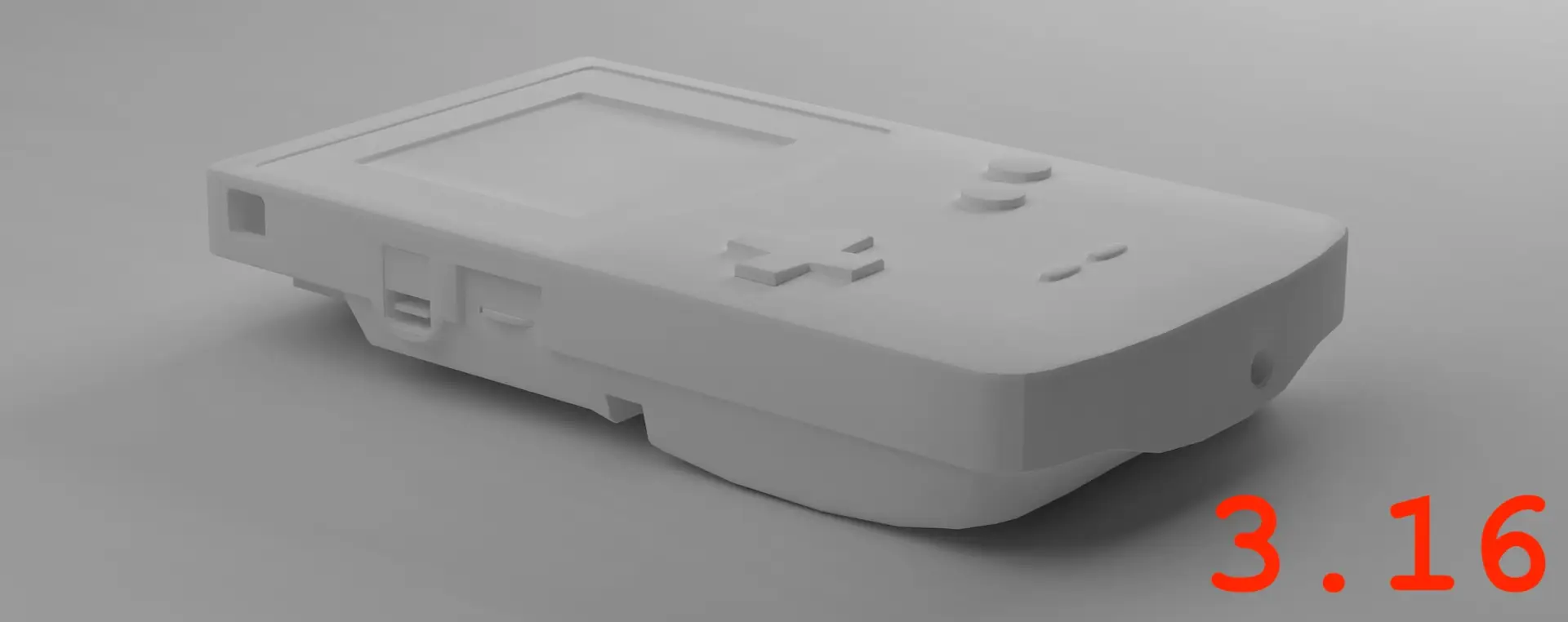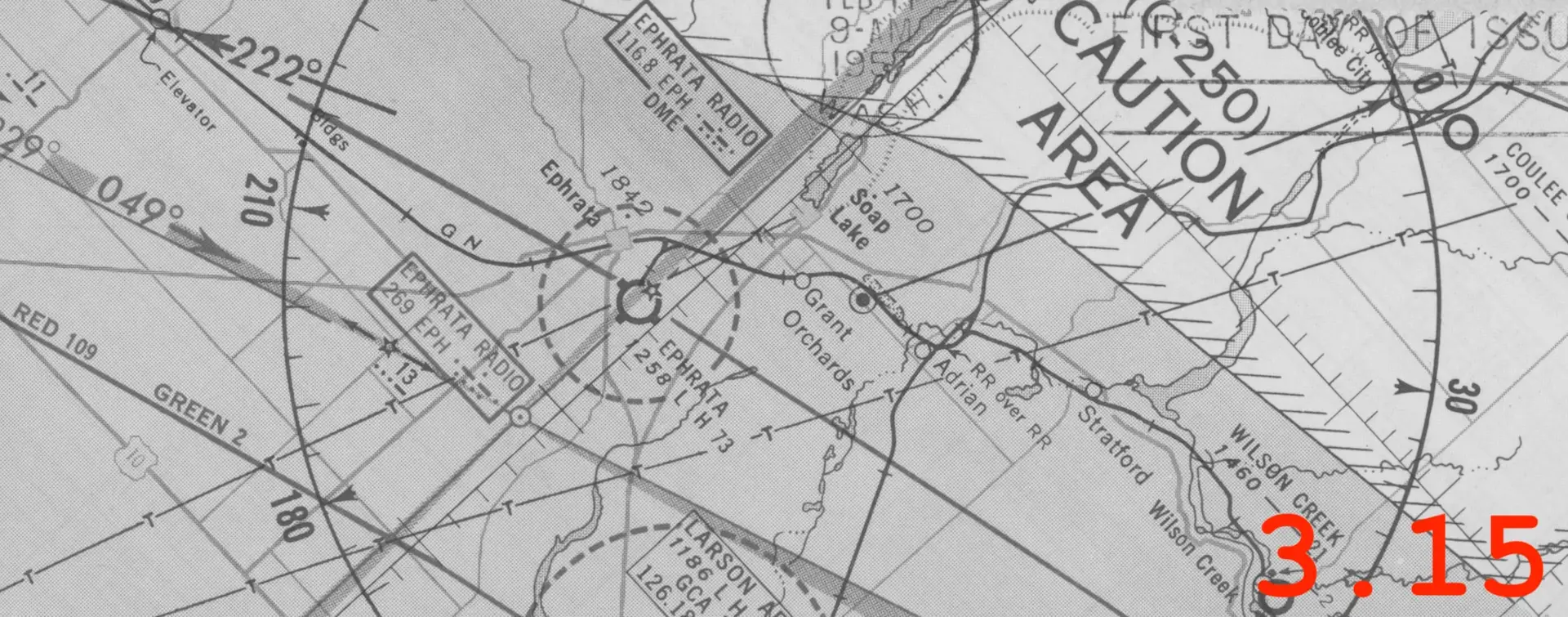Thought leadership should be fun, fast, and fearless. You tap into excitement about new ideas and advocate for something better. That’s the mindset behind The Idea Sled. Projects glide forward gracefully. It’s the momentum of commitment. This newsletter shows you how.
I’m not much of a gamer. But like most people, I’ve at least played around. I love word games (go figure) and puzzles. Played a lot of Mario Bros and Zelda titles in my life as well.
Whatever your experience with games, imagine one set up like this:
- The points system and mechanics are unpredictable and fundamentally preposterous.
- The level hierarchy doesn’t offer enough incentives to care about leveling up.
- Character abilities and magic make you feel smaller than real life, not bigger.
- Non-player characters constantly interrupt your game play and exploration.
- The game economy and player rewards have a lingering ick-factor.
- Most of the lore and tips floating around are made-up or wrong.
- Playing dynamics are almost always meant to push in-game purchases.
- Game aesthetics are drab.
It sounds like a miserable experience. It’s hard to imagine why anyone would play it at all.
But many people play it every day on LinkedIn or other social platforms. And it sounds a lot like the game of stereotypical B2B marketing.
The Bad Game Loop
Think about it. Marketing often operates like a game whose rules no one agreed to and whose rewards are mostly illusions. It pushes you into familiar behaviors without giving you meaningful agency. Marketers often feel it when combatting misunderstanding from other teams inside their business. Everyone most certainly feels it when we get “targeted” by marketing campaigns. Even more so for those of us who plan, build, and run campaigns.
- You find yourself grinding, but not for mastery or for the joy of the game. Instead, you chase visibility for the sake of visibility with the next post, the next report, or the next video. In gaming speak, it’s all just part of an endless series of side quests that never unlock the main storyline.
- Resources flow toward tactics with the loudest proponents, not the clearest strategy. You spend energy on distribution games, branding trends, SEO rituals. You’re trying to game other players’ attention, but all the while, the return on effort becomes harder to trace.
- You keep trying to get to the next level without building up any meaningful, durable hit points. You log into your dashboard, hoping for stats that make the effort feel worthwhile. Most days, the gains are trivial. You always start over with zero points.
- When you battle the boss, either a tough stakeholder, an internal skeptic, or a conflicting set of priorities, you rarely come away with a clean win. The outcomes are murky. In a good game, a boss battle lets you rise to the next level. In marketing, the resolution is often inconclusive and evanescent.
- You find yourself expending magic (your creativity and intuition) on spells that don’t land. You’re drained, not because you’re playing hard, but because you’re playing without purpose. And you still have to contend with all of those other players trying to steal your attention points with irrelevant tips and best practices.
Play a Better Game
In this game, you choose the quests that matter. A few examples from my recent client work illustrate the point. One client positions itself as the go-to platform for private ABS execution. Another is establishing space in the conversation around operational rigor in fund administration. That’s why both of these clients invest in thought leadership.
This is a better game because:
- These aren’t side quests and the concepts are too high-stakes to depend on empty attention-grabbing without follow-up.
- We are working together to approach the world of stakeholders, customers, and prospects as collaborators who challenge and support our fundamental idea.
- We have intentionally removed non-playing characters and gatekeepers (e.g., content specialists who don’t make or do anything) from the field of play. We focus our energies and game time on the people who shape the story.
- We don’t waste our spellbook on shallow rounds of engagement. We keep an eye on our stamina bar by maintaining energy for the harder, more satisfying magic: building trust, naming patterns, creating mental models, demystifying trends, and creating categories. Over time, these moves accumulate and shift our power level.
- We invest in our skill tree (the structured framework for acquiring and upgrading specialized capabilities) with intention. We pay attention to the nuances of the whole lifecycle of asset-backed securities. We get sharp on frontier market custody workflows. We develop the ability to translate between capital allocation logic and human storytelling.
That kind of growth sticks. It makes each of these games formidable.
Outside of the gaming metaphor, the fundamental magic is that it works in the real world. Thought leadership at its best is real enchantment: surprising, elegant, and effective. It changes the rules of the game. This version of the game isn’t just more beautiful. It’s more durable. And it’s designed with the long campaign in mind.
Design Your Own Game
Great marketers think like great game designers. We don’t just play inside the system. We shape it. We define the mechanics, the incentives, and the arc of progression.
Our desire to play a better game means that we design one. And that means having principles. Here’s our game design manifesto:
- Agency is non-negotiable. The game depends on presuming that players plan to make high-stakes decisions. We build experiences that invite action through meaningful insights and the freedom to explore.
- Progress must feel earned. Leveling up reflects growth, not just motion. Milestones signal deepened capability and evolving influence.
- Trust is a design outcome. The structure of the game should reward clarity, generosity, and follow-through. People stay because the game respects them.
- Loops should reinforce good behavior. We build systems that value curiosity, reflection, and sustained engagement. Depth is the goal.
- The game world must have texture. The lore matters. The characters matter. The details are part of the reward.
- Magic should work. If we build in moments of insight, elegance, or surprise, they should actually land as glimpses of possibility and momentum.
Easter Eggs and Player Trust
Systematic and principled commitments matter. But so do moments of surprise and delight. Given the timing of this edition ahead of Easter weekend (as observed in Western Christian traditions), we can think of those moments as Easter eggs.
At their core, Easter eggs are something hidden in plain sight, such as a bonus, a surprise, or a reward for people paying close attention. They carry an element of delight precisely because they weren’t necessary to find, but they were worth discovering.

Easter eggs are a playful acknowledgment of the craft and care behind the work. They convey a signal from the maker that someone thought deeply about what they intended to build. They create a moment of connection between designer and player, where attention gets rewarded in a way that feels earned and unexpected.
These moments also set the tone for what comes next. They prime us to consider: if this much intention is present in a small detail, what might it look like to extend that level of design to the game as a whole? Small hint: There are three of them in this newsletter.
Games Without Frontiers
Each of us makes daily choices about the games we agree to play and the ones we invite others into. That choice carries weight. Imperatives may feel forced upon us, but we always have choices in how we spend our time and how we spend other people’s attention. No one is making us play games that drain energy instead of generating it unless we agree to those games first.
The better choice is to design, build, and play better games. Games that are thoughtfully constructed to generate momentum are just better. They invite and reward attention in ways that feel meaningful rather than transactional. They are better because they serve to deepen trust, foster authentic collaboration, and open space for others to rise with us.
These better games also make greater demands of us. They require more care in how we show up, more clarity in what we build, and more craft in how we communicate. But they also give more back. They create a sense of shared purpose, cultivate real connection, and restore momentum that sustains rather than depletes. Sometimes, they even manage to create joy.
To design a better game is to lead. And to lead is to take responsibility for the kind of play we make possible in the world.
Choose your quest.
Manage your resources.
Don’t waste your magic.





